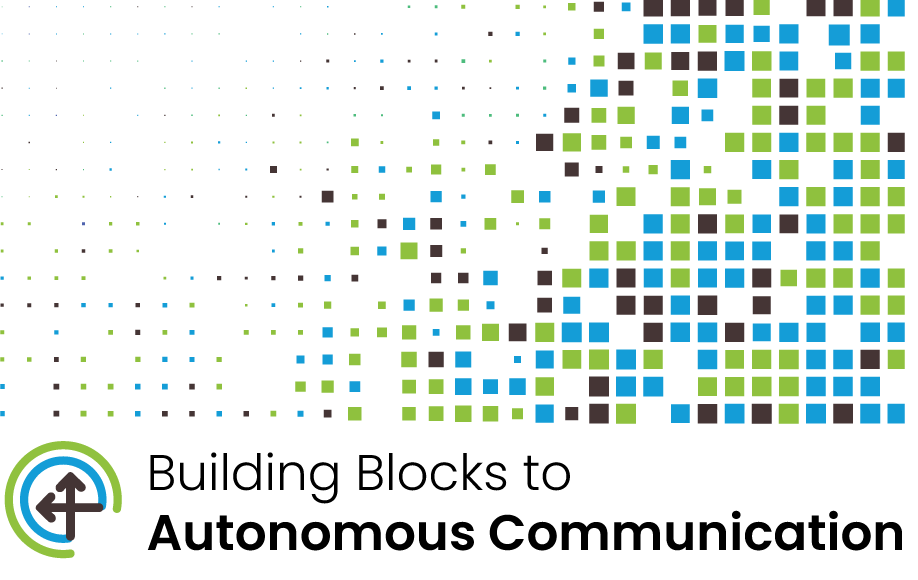Supporting Augmentative and Alternative Communication at Home
Description
Supporting AAC at home is a collaborative effort between educators and families. Educators often focus their AAC support within the walls of the school; however, AAC users do not stop communicating when the school day ends. Families are essential communication partners, but they may not always feel confident or prepared to support their child in learning how to communicate using AAC. When educators and families work together, they can bridge the gap by sharing guidance, tools, and accessible resources that extend communication support beyond the school walls.
Why Try Something New?
For AAC users, consistency and support across all environments is critical and families play a key role in making this possible. When educators and families work together, the AAC user receives the communication support they need at school and at home.
Centering Families and Educators as Equal Partners
Families know their children best. They bring deep, personal insight into their child’s needs, preferences, and communication across all parts of daily life. Educators bring expertise in instruction, support strategies, and creating inclusive learning environments. When families and educators work together as equal partners, we build stronger, more effective systems of support.
Every student-regardless of how they communicate-has the right to be included in conversations about their education. When we intentionally create space for a student’s voice, we affirm their agency and strengthen their connection to learning.
By collaborating, families, educators, and students can co-create meaningful goals, build mutual understanding, and design communication supports that reflect each student’s unique strengths and needs.
Listen to Tina and Lydia share what it looks like when families and students are meaningfully involved.
Collaborating for Communication
Supporting AAC users means supporting their communication partners, at school, at home, and in the community. While educators often focus on communication in the classroom, it's important to remember that AAC is used all day, in many environments. Families and caregivers play a key role in helping students use AAC throughout daily routines.
Educators can make AAC more approachable by sharing simple resources, modeling how to use the system, and creating space for questions, especially during IEP meetings. These small actions help families feel confident and equipped to support communication.
Families bring valuable insight and provide daily opportunities for their child to use AAC meaningfully. Whether during meals, play, or errands, consistent modeling and encouragement at home build communication skills over time.
Just as educators benefit from ongoing learning, families benefit from clear guidance and affirmation. When families and educators partner as communication allies, AAC becomes more effective across all settings.
| Educators Can… | Families Can… | Together, You Can… |
|---|---|---|
| Share strategies and ideas on how to model AAC | Choose one daily routine to model AAC | Identify shared routines and model similar vocabulary at home and school |
| Offer video examples or targeted resources | Explore resources as a family | Talk about what works best at home and school |
| Ensure the student's AAC is available at school and home | Keep AAC accessible throughout the day | Problem-solve together when AAC is hard to use in certain activities or environments |
| Encourage questions and celebrate small successes | Ask questions and share what's working (or not) at home | Build trust through regular, open communication |
Small efforts by families and educators alike can spark lasting shifts in confidence, collaboration, and success in an AAC user's communication journey.
Enhancing Support Through Shared Resources
Having intentional, collaborative conversations and sharing practical resources can go a long way in building confidence and consistency across home and school environments. Here are a few simple ways to get started:
- Explore and share Stepping into AAC - A free, self-paced course designed specifically for families. This series increases understanding of AAC and provides practical strategies to support communication at home.
- Watch and share Supporting AAC at Home webinar - this 30-minute recorded session pairs with the slide deck below and can be used for educators or families during team meetings or training.
- Use or adapt the Supporting AAC at Home slides - these slides can be adapted and used during training or can be used to guide conversations between educators and families.
Watch and share the Building Blocks to Autonomous Communication modules - these free, self-paced online modules focus on the what, why, and how of supporting AAC users.
